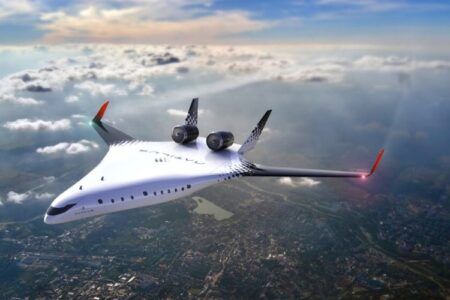Supersonic business jet company Aerion and Lockheed Martin are to partner on the development and testing of its the aircraft.
The two companies are working on a plan which will see them cooperate on the engineering, certification and production of the 12-passenger business jet which will fly at a maximum speed of Mach 1.4. Aerion plans the AS2’s first flight to be in 2023 and for certification in 2025.
Aerion chairman Robert Bass said, “This relationship is absolutely key to creating a supersonic renaissance. When it comes to supersonic know-how, Lockheed Martin’s capabilities are legendary. We share with Lockheed Martin a commitment to the long-term development of efficient civil supersonic aircraft.”
Aerion’s partnership with Lockheed, which has come about through the defense firm’s Skunk Works development team, marks a shift for the AS2 development program, which for the last two and a half years has been developed in collaboration with Airbus.
Airbus and Aerion developed a preliminary design of wing and airframe structures, systems layout, and preliminary concepts for a fly-by-wire flight control system.
Lockheed Martin’s Skunk Works team is well-known for developing supersonic combat aircraft such as the F-16, the F-35 and F-22, as well as the Mach 3+ SR-71 reconnaissance aircraft.
Orlando Carvalho, executive vice president of Lockheed Martin Aeronautics, said, “Following our initial review of Aerion’s aerodynamic technology, our conclusion is that the Aerion AS2 concept warrants the further investment of our time and resources.
“We are committed to remaining on the cutting edge of aerospace technology and are excited to examine the contribution we might make to working with Aerion on making aviation history.”
Nevada-based Aerion has been developing its supersonic jet since 2003, using a wing design capable of up to 90% supersonic natural laminar flow (SNLF).
Laminar flow is the smooth, uninterrupted flow of air over a wing. Aerion says its wing design halves friction drag over the wing compared with conventional swept or delta wings, increasing power, lowering weight and improving fuel efficiency, thereby making supersonic flight commercially viable.
December 20, 2017




